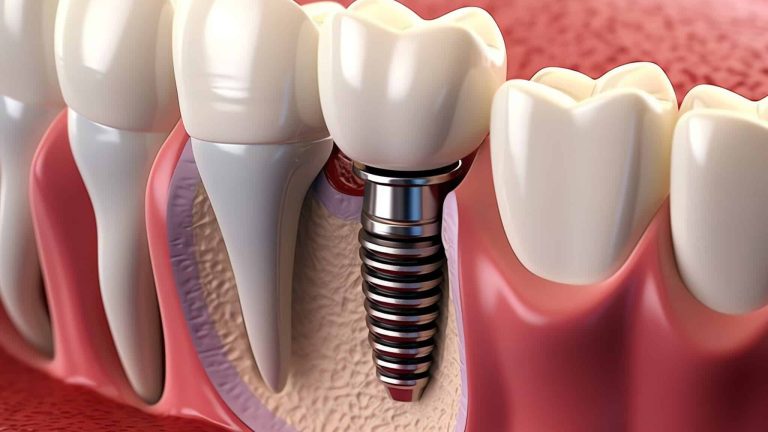Oral piercings, such as those placed on the tongue, lips, cheeks, or frenulum, are a popular form of self-expression. However, while they may be aesthetically appealing, they have a significant impact on dental health. This article explores how oral piercings affect teeth, gums, and the oral cavity in general, as well as the associated risks and measures to minimize damage.
What are oral piercings?
Oral piercings are perforations made in areas inside or around the mouth to insert jewelry, such as bars, rings, or hoops. The most common types include:
- Tongue piercing: Typically located in the center of the tongue.
- Lip piercing: Can be placed on the upper, lower, or side of the lip.
- Frenulum piercing: Performed on the tissue connecting the lip to the gum or the tongue to the floor of the mouth.
- Cheek piercing: Located in the soft tissues of the cheeks.
Effects of oral piercings on dental health
While oral piercings are a form of body art, they can negatively impact dental and oral health. Common effects include:
1. Damage to teeth
The constant contact of jewelry with teeth can cause:
- Dental fractures: Metal bars or balls can chip or fracture teeth, especially during speaking, chewing, or involuntary movements like playing with the piercing.
- Enamel wear: Repeated rubbing of jewelry against teeth can wear down enamel, making them more vulnerable to cavities and sensitivity.
2. Gum irritation and damage
The jewelry can rub against or press on the gums, causing:
- Gum recession: Gums may recede, exposing the tooth root and increasing the risk of sensitivity, cavities, and periodontal disease.
- Inflammation: Constant contact with the piercing can irritate gum tissue, leading to inflammation and pain.
3. Risk of infections
The mouth is a moist environment full of bacteria, increasing the risk of infections at the piercing site. Infections may manifest as:
- Swelling: In severe cases, the tongue may swell enough to block the airway.
- Pain and redness: Common symptoms of a local infection.
- Abscesses: Pus-filled pockets in oral tissue.
4. Functional difficulties
Oral piercings can interfere with basic mouth functions, such as:
- Speech: Jewelry may affect the pronunciation of certain sounds.
- Chewing and swallowing: The presence of the piercing can make these activities uncomfortable or challenging.
- Saliva production: Some individuals experience increased or decreased saliva production, affecting digestion and oral health.
5. Allergic reactions
Some people are allergic to jewelry materials, such as nickel, leading to:
- Irritation at the piercing site.
- Rashes or swelling.
6. Scar tissue and keloids
The healing process may result in the formation of scar tissue or keloids, especially if the piercing is not properly cared for.
7. Interference with dental diagnostics and treatments
The presence of metal piercings can make dental X-rays difficult, as the jewelry may interfere with the image.
Long-term risks
The effects of oral piercings are not always immediate. Some problems may develop over time, including:
1. Periodontal diseases
Chronic irritation and bacterial buildup around the piercing can contribute to gingivitis and periodontitis.
2. Tooth loss
Gum recession and enamel damage can lead to a loss of dental support, increasing the risk of loose or lost teeth.
3. Systemic problems
In rare cases, oral infections can spread to the bloodstream, causing severe complications such as endocarditis (infection of the heart lining).
Care and prevention
Although oral piercings carry risks, it is possible to minimize damage by following preventive and care measures. Recommendations include:
1. Proper jewelry selection
- Choose hypoallergenic materials, such as titanium or surgical steel, to reduce the risk of allergic reactions.
- Ensure the jewelry is appropriately sized to avoid unnecessary pressure on tissues.
2. Strict oral hygiene
- Brush your teeth twice a day and floss to prevent plaque buildup.
- Carefully clean the jewelry with antiseptic solutions.
3. Avoid harmful habits
- Do not play with or bite the piercing, as this can damage teeth and gums.
- Avoid hard or sticky foods that may increase the risk of dental fractures.
4. Regular dental visits
- Schedule frequent dental check-ups to detect any issues related to the piercing.
- Inform your dentist about the piercing before any treatment.
5. Initial care after piercing
- Follow the piercer’s instructions to care for the piercing site during healing.
- Avoid smoking, alcohol, or spicy foods during the first few weeks.
Alternatives to oral piercings
While oral piercings are popular, there are less invasive alternatives for those looking to express themselves without compromising their dental health. Some options include:
- Fake piercings: Imitations that do not require perforation.
- Jewelry in other body areas: Locations that do not interfere with oral health.
Conclusion
Oral piercings can significantly impact dental health, from damage to teeth and gums to infections and more severe complications. While it is possible to reduce risks with proper care, it is essential to consider the potential long-term effects before opting for this type of body modification. Consulting a dentist and making informed decisions can help protect both oral and overall health.



